Emelia Ross
Advisor: Mercedes Garcia-Holguera
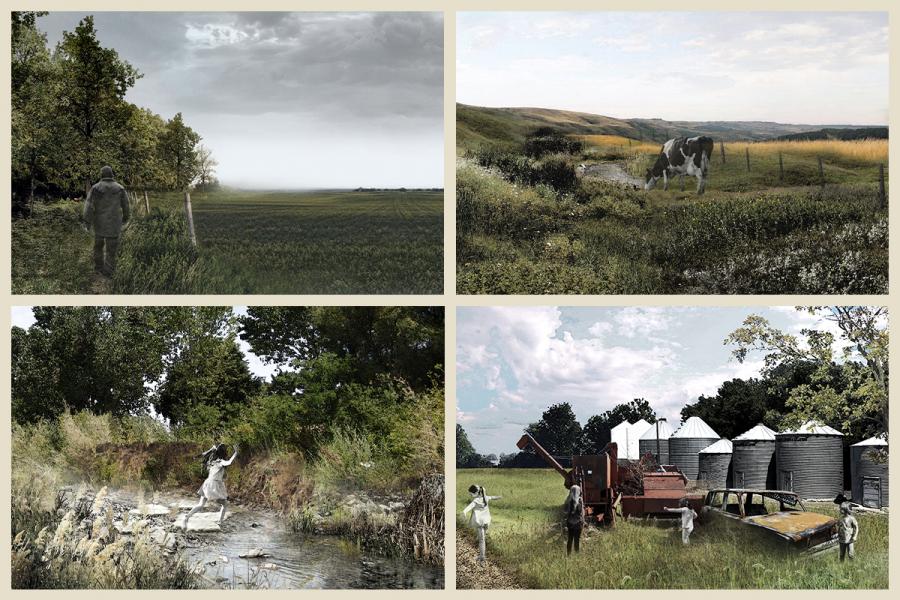
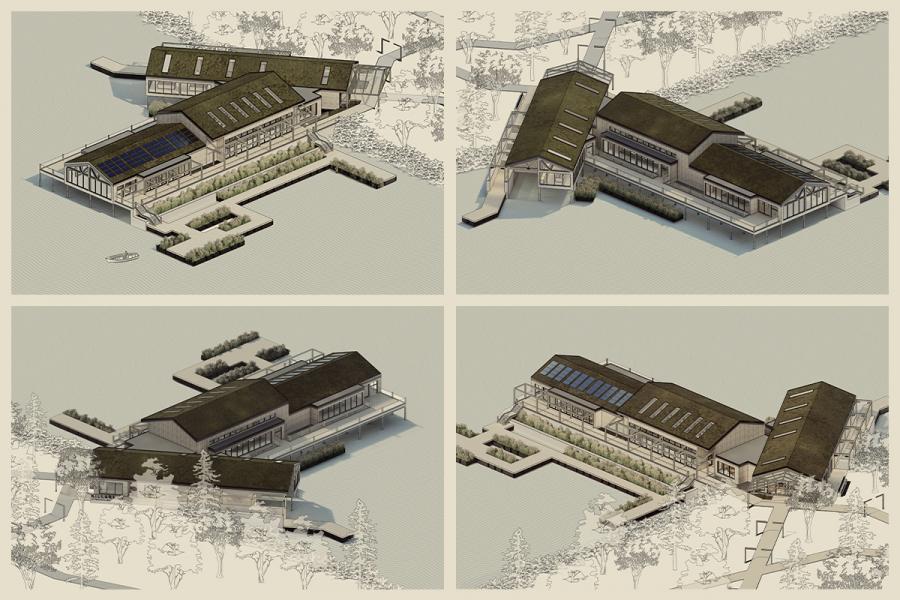

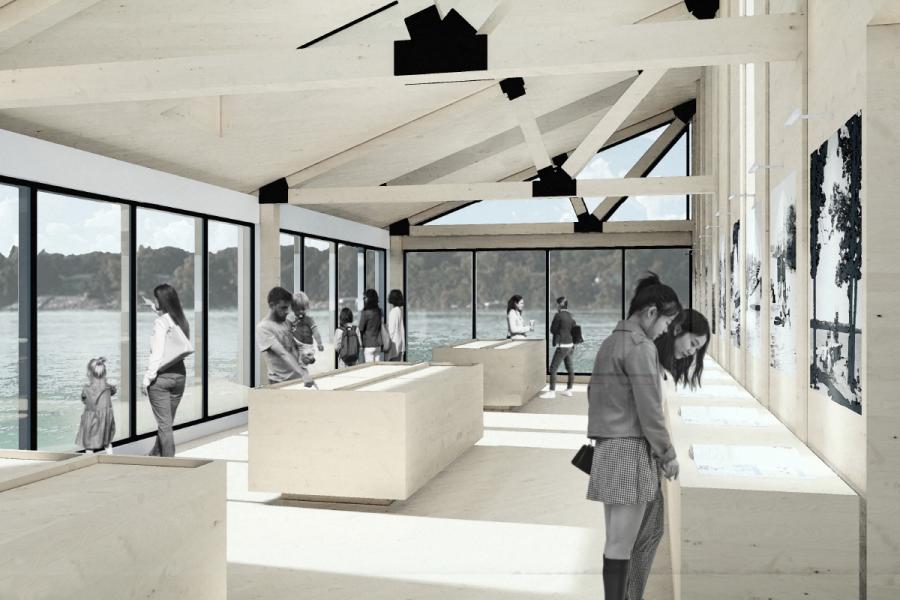
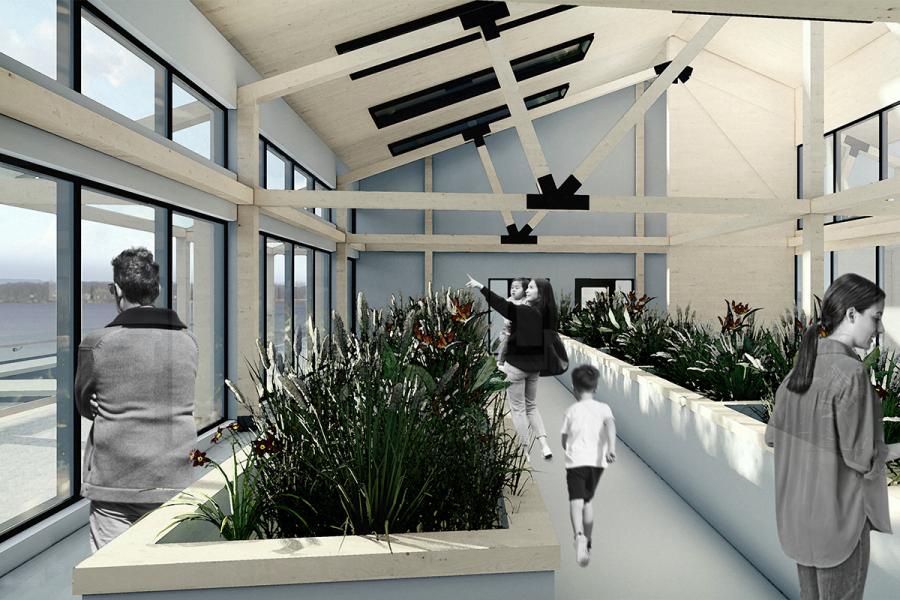
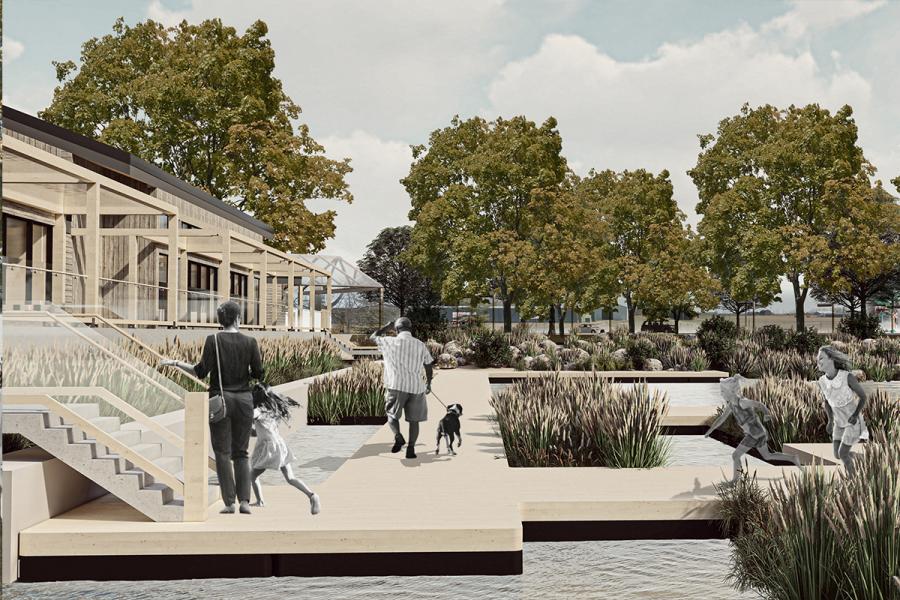

Applying the Regenerative-Adaptive Design Model: An Exploration on Rural Resiliency in the Age of Climate Change
While climate change is a significant concern globally, rural communities throughout the Canadian prairies are particularly vulnerable to its impacts due to their geographic isolation, limited economic diversity, aging populations, and high dependence upon natural resources related to livelihood and community structure. Increases in average annual temperature, environmental volatility, more frequent and intense weather events, water scarcity, flooding, and wildfire are some of the manifestations of climate change already impacting rural communities throughout the Canadian prairies.
Responding to the threats of climate change will require rural communities to implement significant adaptation strategies to new and existing infrastructure systems. One such response to the threats of climate change impacting rural communities is the implementation of a Regenerative-Adaptive Design Model (Roos, 2021). The impacts of climate change are variable when considering the geographic location and are highly specific to place and local context. For this reason, the Regenerative Adaptive Design Model requires deep investigation and research to best understand the vulnerabilities of that specific community. Part of this methodology requires deep investigation into understanding and defining place to establish what the place strives to contribute to itself as a community and to the world. Through this process, different aspects of the community are identified to establish a Regenerative-Adaptive design plan.
This thesis project explores the Manitoban rural community of Killarney to identify the impacts of climate change on rural communities in the Canadian Prairies. Through the application of the Regenerative Adaptive Design Model Methodology, the town of Killarney is used as a case study to explore the implementation of Regenerative Design and its role in increasing rural resiliency to climate change. Three major impacts were identified as significant concerns related to climate change for the town of Killarney, Manitoba. The first concern indicates an increase in annual average temperatures leading to increased incidents of heatwaves, drought and wildfire. The second major concern indicates variabilities in precipitation leading to increased incidence of floods, drought, and intense weather systems. The third major concern involves the increased incidence of freshwater eutrophication. Warmer, longer summers, coupled with changes to rain events cause nutrients to be swept into lakes, creating a favourable environment for algal blooms and eutrophication. Through a mixed methodological approach, these concerns are investigated, and Regenerative Design mitigation strategies are explored.
